|
|
|
|
|
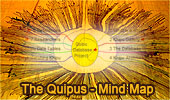 |
The Quipu
Mind Map,
Interactive Mind Map based on Khipu Database Project by Gary Urton and Carrie Brezine.
|
|
|
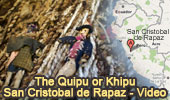 |
The Quipu or Khipu, San Cristobal de Rapaz, Oyon, Peru, Video.
Mysteries Woven Into Peru's Past
|
|
|
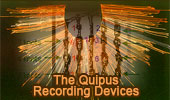 |
The Quipus, Recording
Device.
|
|
|
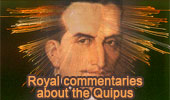 |
The Quipus and The Royal Commentaries of the Inca,
1609
by Garcilaso de la Vega.
|
|
|
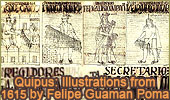 |
The Quipus: Illustrations from 1615 by Felipe Guaman Poma de Ayala
|
|
|
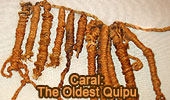 |
Caral: Ancient Peru city reveals 5,000-year-old 'writing'
The Oldest Quipu.
|
|
|
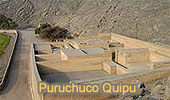 |
The Quipus of
Puruchuco
These quipus were excavated at the site of Puruchuco, Peru, near Lima, in 1956.
|
|
|
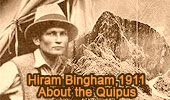 |
The Quipus and Hiram Bingham
the American Explorer who found Machu Picchu in 1911.
|
|
|
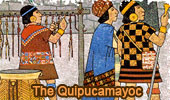 |
The Quipucamayocs, the accountants of the Inca Empire.
|
|
|
 |
From Machu Picchu to MIT: A Geometric Echo of Einstein in Guennette |